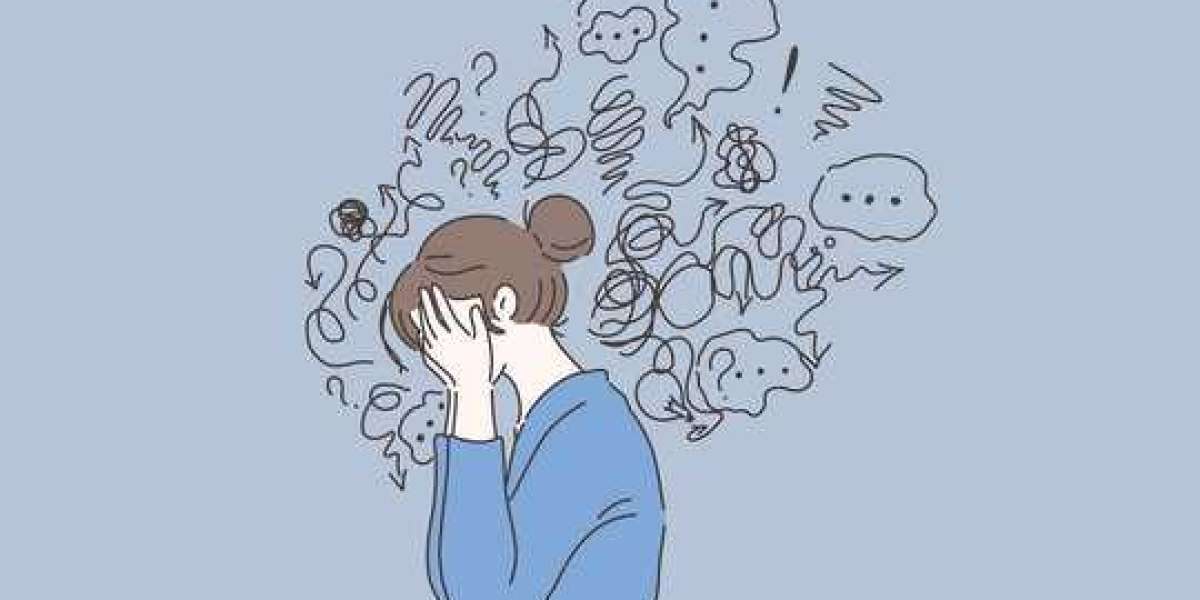Valium—known generically as diazepam—emerged in the early 1960s as a groundbreaking medication for anxiety, muscle spasms, and seizures. But beyond its medical applications, Valium shaped an era. It didn’t just treat stress—it symbolized it. It became a shorthand for emotional exhaustion, particularly among American housewives caught between the gilded promises of domestic bliss and the weighty realities of societal expectations.
Dubbed “Mother’s Little Helper” by The Rolling Stones in their 1966 hit song, Valium quickly transcended its clinical identity. It seeped into popular culture, embedded itself in domestic life, and ultimately earned a complicated place in medical and social history. Its legacy is one of both pharmacological innovation and cultural reckoning—a mirror held up to a society grappling with gender roles, mental health stigma, and the price of serenity.
This article explores the rise of Valium, how it became an icon of American womanhood in mid-20th-century suburbia, and the complex legacy it leaves behind in medicine and memory.
The Invention and Rise of Valium
Valium was synthesized by Dr. Leo Sternbach, a chemist working for Hoffmann-La Roche, in 1959. Marketed as safer and more effective than its predecessor, Librium, Valium was approved by the FDA in 1963. It quickly became the most prescribed drug in the United States throughout the 1970s.
Unlike barbiturates, which had a high risk of overdose and addiction, Valium offered what appeared to be a gentler alternative. It calmed nerves without knocking users out, offering a controlled relaxation that appealed to both doctors and patients.
Prescriptions soared. By 1978, over 2.3 billion pills were being produced annually, and Valium had become the best-selling pharmaceutical in American history at that time. But this wasn’t just a matter of medical success—it was a cultural event.
"Mother’s Little Helper": A Gendered Prescription
Valium’s popularity can’t be separated from its primary demographic: women, particularly suburban housewives. These women were often seen by doctors for vague complaints—nervousness, tension, insomnia, or “the blues.” Rather than investigating deeper psychological, hormonal, or situational causes, physicians reached for their prescription pads.
The social context of the time is essential. The post-WWII era placed immense pressure on women to embrace domesticity. The ideal American woman was a smiling wife, a nurturing mother, and a competent homemaker. But beneath the surface, many women found themselves stifled, depressed, and unfulfilled. Psychiatrist Betty Friedan would later term this the “problem that has no name” in her groundbreaking 1963 book The Feminine Mystique.
Valium provided an easy solution. It didn’t challenge the structures that caused distress—it muted them. In doing so, it allowed women to continue functioning in roles that left them emotionally paralyzed.
Medicalization of Emotion
One of Valium’s most lasting impacts is how it contributed to the medicalization of everyday emotions. Feelings such as sadness, worry, and restlessness—especially in women—began to be framed as conditions needing pharmaceutical intervention.
Doctors often minimized emotional concerns as “female problems” or “hysteria,” leading to an epidemic of overprescription. This laid the groundwork for decades of criticism about how women’s mental health was treated—often dismissed, often drugged, rarely heard.
The normalization of taking a pill to get through the day set a precedent that would later be seen in the rise of antidepressants, sleep aids, and mood stabilizers. But Valium was the prototype—the chemical solution to societal dysfunction.
Pop Culture Reflections
The cultural impact of Valium was immortalized by The Rolling Stones’ “Mother’s Little Helper.” With biting lyrics like “She goes running for the shelter of her mother’s little helper,” the song painted a picture of emotional dependency wrapped in pastel domesticity.
Valium became the punchline in comedy sketches, the subtle prop in movies, and the whispered secret in novels. It represented both conformity and rebellion—the polished surface and the cracks beneath it.
In film, the image of the sedated housewife became a trope. Characters using Valium were often depicted as numb, disconnected, or desperate—signaling both the personal toll and the broader cultural malaise.
Dependency and Withdrawal
Though initially marketed as non-addictive, Valium’s darker side soon came to light. Tolerance developed quickly, leading to increasing dosages. Physical and psychological dependence became rampant, particularly among long-term users.
Withdrawal could be severe—marked by anxiety, tremors, insomnia, and, in extreme cases, seizures. Many users found that stopping Valium was harder than dealing with the original symptoms that led to its use.
By the 1980s, Valium's reputation had shifted. Critics accused pharmaceutical companies of downplaying addiction risks, and prescribers became more cautious. The rise of newer medications, such as Xanax, marked the end of Valium’s reign, but not its legacy.
Legal and Ethical Questions
Valium’s trajectory raised important questions about the ethics of pharmaceutical marketing. During its heyday, Hoffmann-La Roche engaged in aggressive promotional campaigns aimed at doctors, emphasizing the drug’s safety and versatility. Sales reps provided samples and encouraged liberal prescribing.
Medical journals were filled with articles—many funded by the pharmaceutical industry—that reinforced the narrative of Valium as a benign solution. Critics later argued that this blurred the line between science and salesmanship.
The broader issue, however, was one of consent and autonomy. Many women were prescribed Valium without being fully informed of its risks, contributing to dependency in a demographic already disempowered in other areas of life.
Feminist Perspectives and Critiques
Feminist scholars and activists have long criticized the role of Valium in silencing women’s dissent. Rather than confronting the societal structures that produced widespread dissatisfaction, doctors and drug companies offered a pill.
Feminist authors from the 1970s onward began to question the medical system’s role in enforcing traditional gender roles. They argued that Valium didn’t liberate women from their distress—it trapped them in a chemically pacified state.
The drug thus became emblematic of a deeper issue: the systemic pathologizing of female emotion and the tendency to medicate rather than listen.
From Valium to the Opioid Crisis
While Valium’s prominence has declined, its legacy lives on in today’s mental health and pharmaceutical landscapes. The tendency to medicate distress without addressing root causes continues. In many ways, Valium paved the path for future crises, such as the opioid epidemic and the overprescription of SSRIs.
The lessons learned from Valium’s widespread use and subsequent fallout should inform how society approaches mental health today. The importance of integrated care, informed consent, and gender-sensitive approaches cannot be overstated.
A New Understanding of Mental Health
One positive outcome of the Valium era is the growing awareness around mental health. The conversation has evolved. There is less stigma, more dialogue, and a broader understanding of emotional wellness.
Modern psychiatric practice is more likely to include therapy, lifestyle interventions, and holistic care alongside or instead of medication. While benzodiazepines like Valium are still prescribed, their use is now more tightly regulated and better monitored.
Still, the questions Valium raised remain relevant. What counts as a disorder? Who decides? And when is a pill a solution, and when is it a silencer?
Conclusion: A Pill That Told a Story
Valium’s legacy is not just pharmacological—it’s sociological, psychological, and deeply personal. It tells the story of a time when medicine promised to fix what society wouldn’t admit was broken. It reveals how easy it can be to silence pain instead of understanding it.
For millions of women in mid-20th-century America, Valium was a lifeline, a trap, or both. For medicine, it was a lesson in humility. For culture, it became a mirror reflecting the emotional undercurrents of an era that prized perfection over honesty.
As we continue to navigate the complexities of mental health in the modern age, Valium remains a cautionary tale. It reminds us that healing requires more than sedation—it demands empathy, awareness, and, above all, the courage to confront the truths we’d rather forget.







